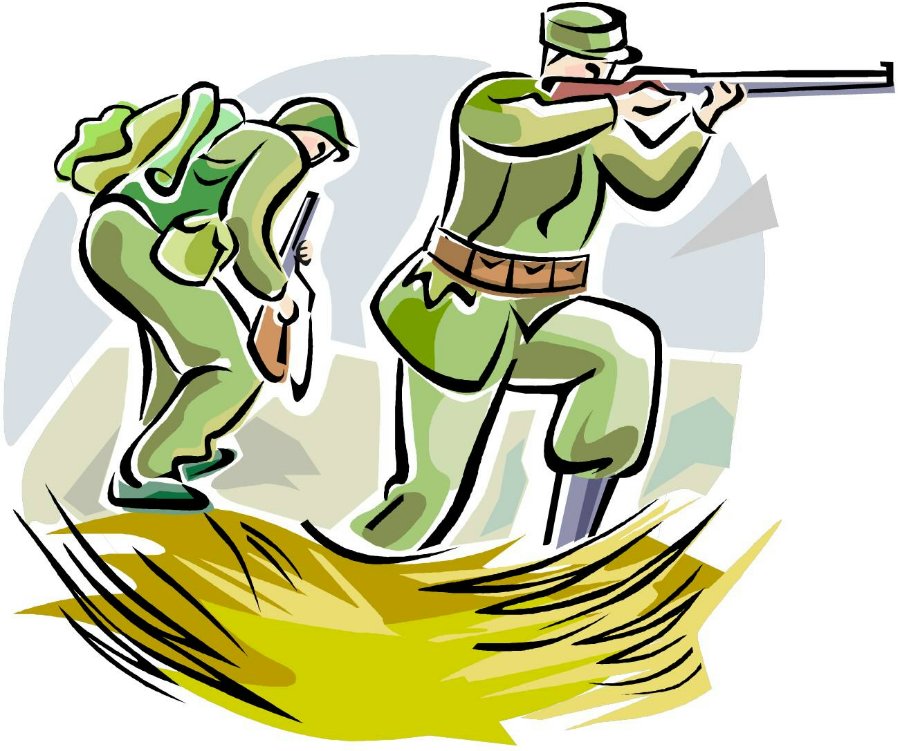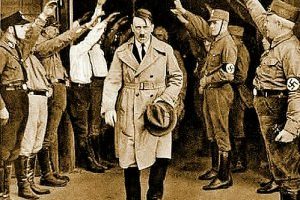UN peace keepers refuse to stop the conflict
 UN peace keepers refuse to stop the conflict (between the two rival parties) as the genocide in Rwanda was taking place.
UN peace keepers refuse to stop the conflict (between the two rival parties) as the genocide in Rwanda was taking place.
Peacekeepers were not at first expected to ever fight. As a general rule, they were deployed when the ceasefire was in place and the parties to the conflict had given their consent.
They were deployed to observe from the ground and report impartially on adherence to the ceasefire, troop withdrawal or other elements of the peace agreement.
This gave time and breathing space for diplomatic efforts to address the underlying causes of conflict.
A common misconception is that activities such as NATO’s intervention in the Kosovo War are peacekeeping operations, when they were, in reality, peace enforcement.
That is, since NATO was seeking to impose peace, rather than maintain peace, they were not peacekeepers, rather peacemakers.
This strange policy (peace keeping) is the same method that the UN uses as they bring there troops into a nation to maintain peace.
The method (of peace keeping) was put on test during the the genocide that took place in Rwanda in 1994, the massacre in Srebrenica in 1995 and Bosnia and Herzegovia, where the peace keeping forces (several Belgian soldiers) were forced to watch the ongoing massacres and the killing of innocent people with out being allowed to engage in the conflict.
This has shocked the international community and led to unwillingness on the part of nations not otherwise involved to enter peacekeeping operations in potentially “hot” conflicts unless they have the ability to use force if necessary …






